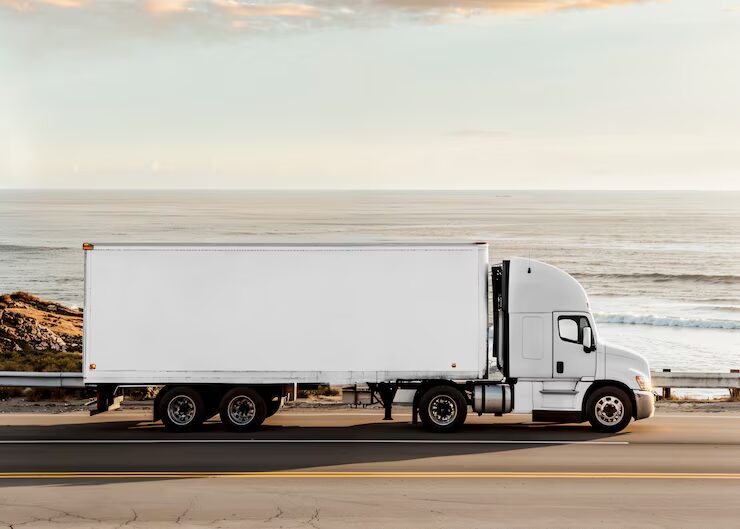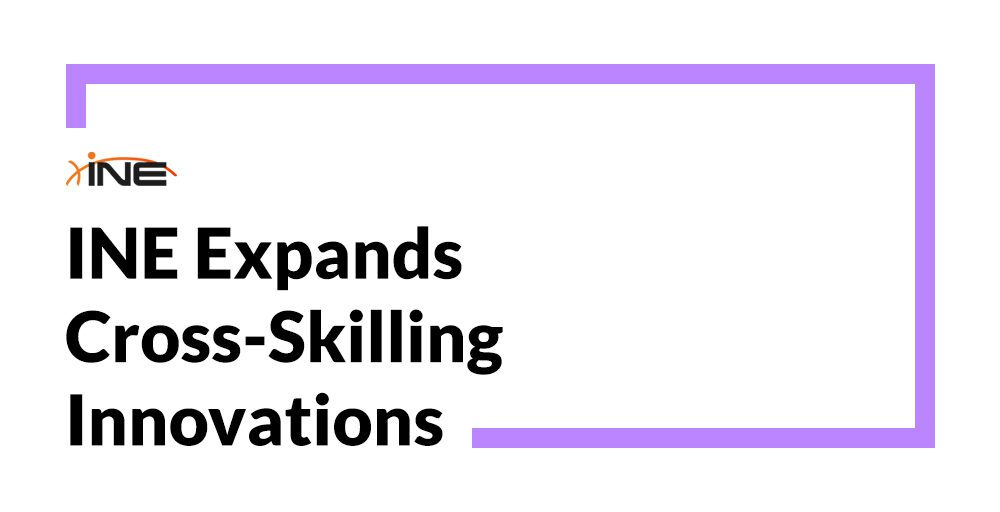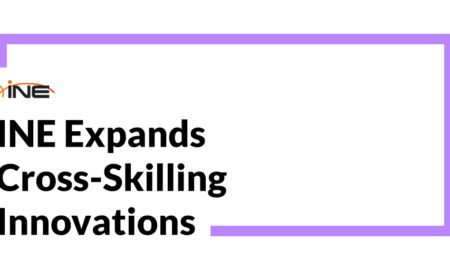Interstate freight is the lifeblood of many trucking companies yet every extra state on the route multiplies compliance tasks. Liability limits change across borders. Some regulators insist on electronic Form E filings while others still want paper. A driver can leave one state in perfect compliance and arrive at the next weigh station facing an out-of-service order. This article explains how to keep coverage continuous and cost-effective for both interstate or multistate operations.
Why multistate operations demand special attention
The Federal Motor Carrier Safety Administration enforces a national minimum of 750,000 USD in Bodily Injury and Property Damage for transportation carriers. But that’s just the starting point. For example, New Jersey mandates $1,500,000 for commercial vehicles 26,001 lbs and over and $300,000 for 10,001-26,001 lbs. California follows the federal baseline of $750,000 for general freight, but higher limits may apply for hazardous or specialized cargo. Filing rules vary just as widely. One state accepts instant digital forms, another insists on mailed documents. Without the right filings in place, trucks risk being grounded on arrival.
Longer routes also mean higher exposure. More time on the road increases accident risk, especially across unfamiliar terrain and shifting weather. A single-state policy often doesn’t account for these variables, making it unreliable for fleets operating across regions. To stay compliant and protected, companies need liability coverage built for the multistate environment.
Commercial Auto Liability is the unbreakable foundation
Auto Liability pays third-party claims that arise when the insured carrier is at fault in an accident. The coverage combines two pieces:
- Bodily Injury – medical expenses, rehabilitation, pain and suffering
- Property Damage – repair or replacement of third-party property plus legal defence costs
Without this protection a single jury award can wipe out a medium-size fleet. Auto Liability is mandatory in every state and it sits at the heart of any compliance checklist.
How the Risk Retention Group model simplifies cross-state coverage
Risk Retention Groups appeared under the Liability Risk Retention Act of 1986. An RRG is owned by the companies it insures. Once licensed in one domicile the RRG can insure its members’ liability exposures in all other states without securing a separate license in each one. Mutual ownership turns policyholders into stakeholders which encourages stable pricing and active loss prevention.
Many fleets therefore look to STAR Mutual RRG for multistate Commercial Auto Liability coverage because the member-owned structure allows a single policy to follow trucks through forty states today, with more on the way. STAR Mutual’s underwriting, risk management, and technology are purpose-built for the unique operational realities of truckers. Premium savings stem from lower overhead and from underwriting that reflects a group’s collective safety culture rather than broader market cycles.
Vehicle types and business classes that cross borders with ease
A carrier that grows into several jurisdictions rarely does it with one body style. Dry vans pick up general freight in Ohio then meet a semi-truck that moves produce into Florida. A hotshot runs an emergency part to Texas while a tow truck relocates broken equipment in Illinois. All these configurations fall within the current STAR appetite.
Eligible vehicle list
- Box truck
- Pickup truck
- Cargo van
- Dry van
- Flatbed
- Semi-tractor
- Dump truck
- Tow truck
- Car hauler
- Hotshot truck
- Expeditor truck
- Reefer
- Waste hauler
Business classes frequently on multistate routes
- General freight
- Last-mile delivery under 26,000 lbs
- Household goods movers
- Auto hauling
- Hotshot trucking
- Refrigerated goods
- Dirt, sand, and gravel haulage
- Expeditor operations
- Garbage and trash removal
The broad eligibility lets dispatch add new revenue lines without hunting for a fresh insurer every time the fleet buys another body type.
Technology is the accelerator that holds everything together
Liability coverage only works when regulators can verify it instantly. STAR’s underwriting system delivers bindable quotes and submits filings to state portals quickly. That means inspectors see proof in real time, avoiding delays at checkpoints.
Speed also protects revenue. When a new route opens, dispatch updates it and the broker sees valid coverage the same day. In spot markets, that kind of speed often decides who gets the job.
Practical checklist for adding new states
Before adding the next jurisdiction, fleet managers should:
- Standardize coverage limits. Use the highest required liability minimum across your fleet to avoid under-insurance.
- File proof early. Submit digital certificates before the first haul to prevent entry issues.
- Monitor driver records. Check for suspended licenses or unresolved violations every month.
- Confirm all VINs. Ensure every vehicle is listed on the policy schedule to maintain valid coverage.
- Choose a unified policy. One multistate provider simplifies renewals, filings, and audits.
Keeping these basics in check allows your fleet to expand smoothly while staying ahead of regulatory risk.
The bottom line
Multistate trucking magnifies liability exposure, but it does not have to multiply insurance headaches. A member-owned Risk Retention Group designed for commercial autos gives fleets unified coverage, faster filings, and rates rooted in their own loss record rather than market fluctuations.
When your next customer asks for a delivery three states away, make sure insurance is the easiest part of the route. Reach out to STAR Mutual RRG today through your appointed agent to secure Auto Liability protection that grows as far as your trucks can drive.
Read More From Techbullion



































